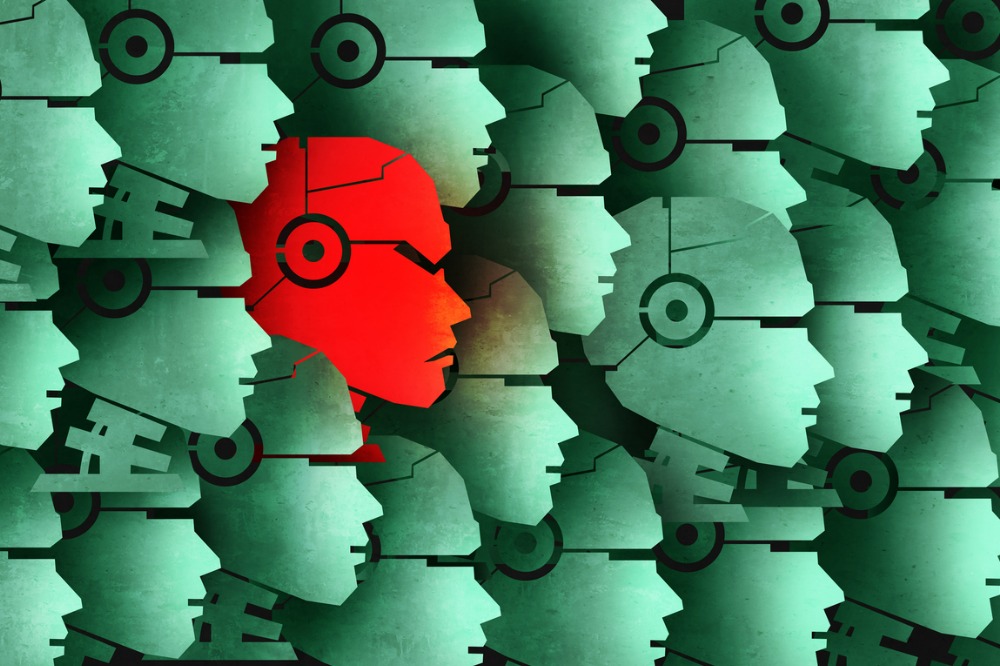
A recent study by Tyton Partners found young people are using generative AI tools in greater numbers than teachers, with 59% reporting being regular users of this technology, compared to 40% of educators and administrators.
As Australian schools struggle to keep pace with the dizzying speed at which AI technology is advancing, a separate report, released in early 2023 by Turnitin, found that from more than 200 million academic papers published, more than 22 million papers have at least 20% AI writing present, while more than six million papers have at least 80% AI writing present.
To combat this, Turnitin launched an AI paraphrasing detection feature which identifies instances where AI paraphrasing may have been used to modify AI-generated text.
The feature enables educators and researchers to initiate constructive conversations with writers about the importance of ethical writing practices and proper paraphrasing techniques.
“AI has incredible potential to benefit education, but writers need to be transparent in how they use Generative AI,” Annie Chechitelli, chief product officer, Turnitin said.
“Applying AI paraphrasing to AI-generated content is likely a sign that the writer is trying to hide their use of AI, which is the opposite of transparency. Turnitin provides the tools and insights to preserve the value of original work."
Students need greater education around generative AI
James Thorley, regional vice president for Asia-Pacific, Turnitin, said the conversation about generative AI in school communities has shifted from concerns about cheating to concerns about students not learning important fundamental skills.
“When it comes to the misuse of generative AI, the conversations I've had recently suggest an acceptance that students need to understand what generative AI is,” Thorley told The Educator.
“From the perspective of higher education and the workplace, it's crucial that they know what it can and can't do.”
Thorley said that even from secondary school to university, it is “sensible” to introduce students to the concepts around generative AI.
“However, people are quite concerned about students not developing basic skills such as writing well and critical thinking without them using shortcuts through AI tools.”
Thorley said it sometimes takes time for teachers and educators in secondary schools to catch up to the latest technology and what students are doing, but he expects the number of educators using AI has increased over time as people have become more comfortable with this technology and have figured out how to utilise it successfully.
“There is a lot of good content out there for teachers on how to incorporate generative AI, balancing academic integrity with artificial intelligence in the classroom,” he said. “We have been proud of the resources we've put out on this topic.”
Since its launch, Turnitin’s AI writing detection feature has supported academic integrity in more than 17,000 academic institutions and research organisations spanning 185 countries. It has been recognised by the 2024 Bett Awards in the “AI in education” category and named Best in Show by Tech & Learning at ISTE 2023.
Keeping ahead of the curve
Thorley said Turnitin is constantly testing its AI detection features due to Large Language Models continually improving and updating.
“We try to stay as up-to-date as possible with OpenAI products, Google products, and others. Our team has not seen any fundamental shifts in how LLMs operate with these updates,” Thorley said.
“While there are improvements in performance and various factors, they are not fundamentally changing how the algorithms operate. This consistency allows us to continue detecting differences between human and AI-generated writing.”
Looking ahead, Thorley said the team at Turnitin are very focused on feedback they’ve received over the last 12 months, adding there will be a change focusing much more on the process rather than just the final output.
“For example, students might be asked to share their draft process to show they've done the work, similar to showing your work in math,” he said.
“This shift ensures academic integrity and helps see how students are learning and where they might need further guidance. We are actively working on this and will announce more details before the end of the year.”
Thorley said the company is also looking at ways to incorporate generative AI into its tools to improve teachers' efficiency, particularly in providing feedback.
“We believe the teacher should give feedback, not outsource it entirely to AI. However, AI can help summarise thoughts and create efficiencies in the marking process,” he said.
“These are the two main areas we're focusing on, with a significant emphasis on assessing the process of learning rather than just the final output.”


